
How to Measure SEO Success: Key Metrics & Tools For SaaS
As a SaaS company, measuring the success of your SEO efforts is important for driving sustainable growth and attracting potential

How to Measure SEO Success: Key Metrics & Tools For SaaS
As a SaaS company, measuring the success of your SEO efforts is important for driving sustainable growth and attracting potential

How to Create a Winning SaaS Content Calendar in 2024?
As a SaaS company, consistently publishing relevant, high-quality content is essential for attracting and engaging your target audience. A well-planned
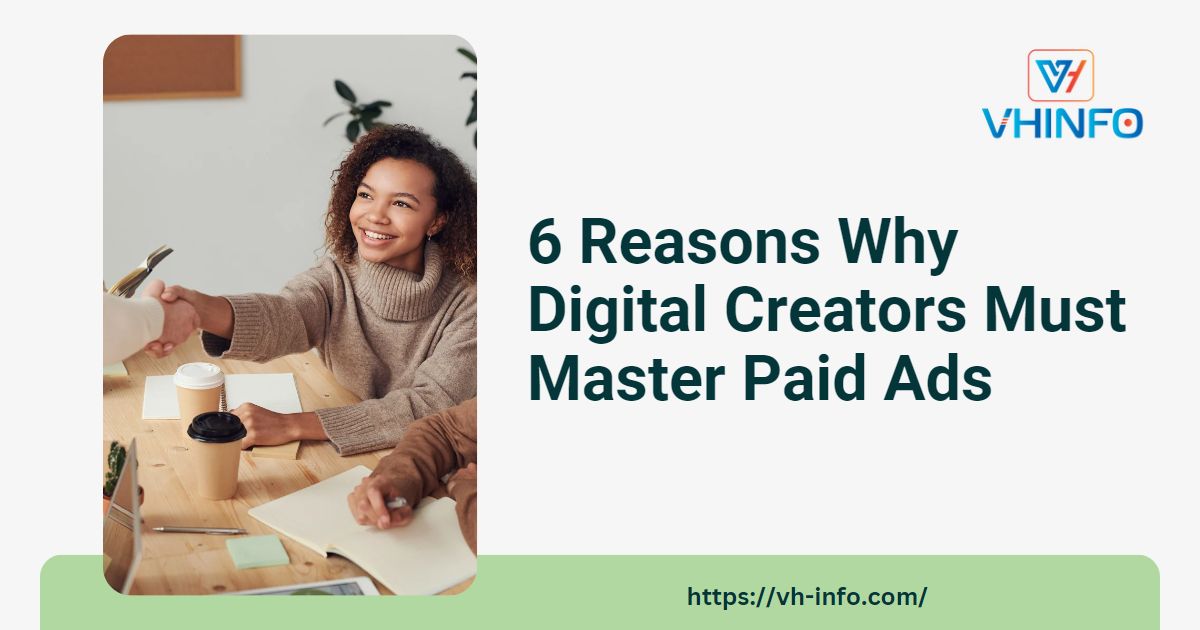
6 Reasons Why Digital Creators Must Master Paid Ads
There’s a popular phrase in the real estate world: location, location, location. The same phrase could be applied to digital
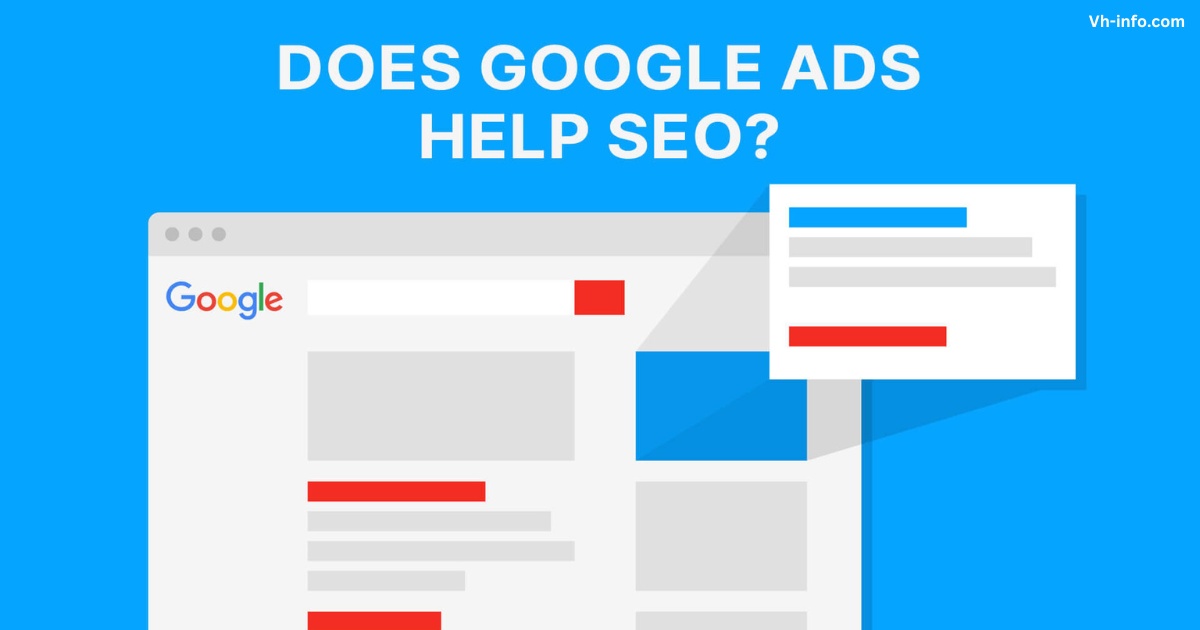
Does Google Ads Help SEO? The Myth Vs. Reality Explained
As a SaaS company looking to boost your online presence, you may wonder if running Google Ads can help improve

Is Guest Posting Worth It: The Ultimate Guide
As a SaaS company, you know the importance of driving organic traffic to your own website through search engine optimization
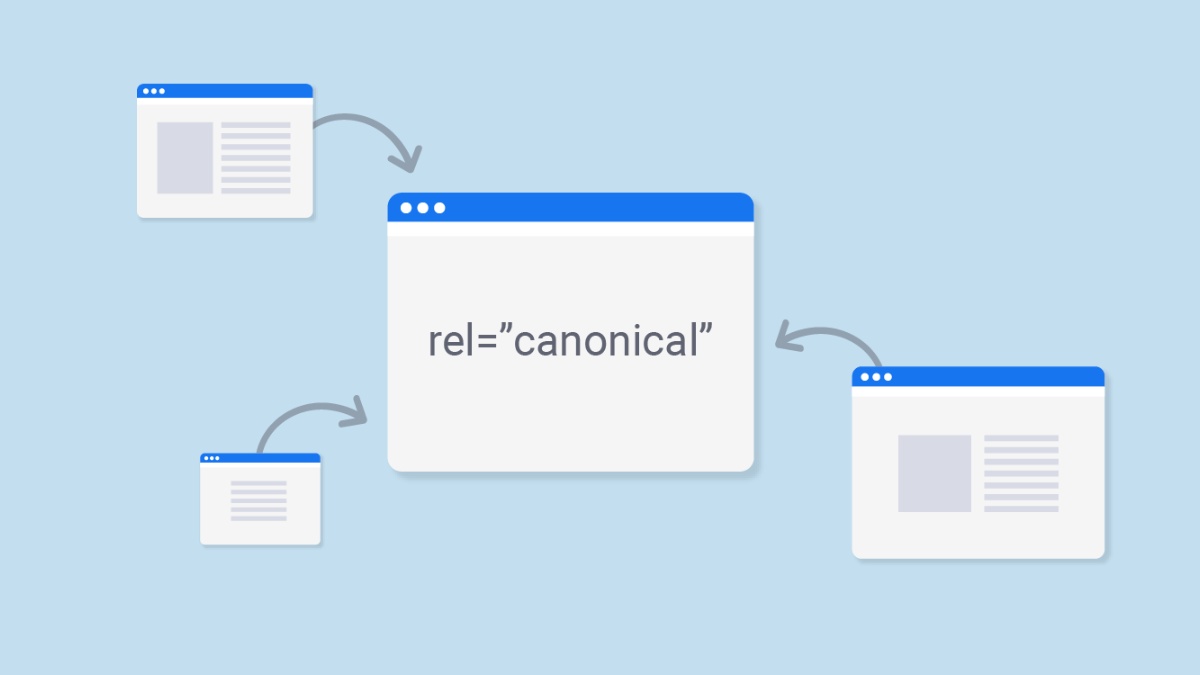
Canonical Tags in SEO: What is it, Purpose & Best Practices
As a SaaS company, optimizing your website for search engines is important to driving organic traffic and attracting potential customers.
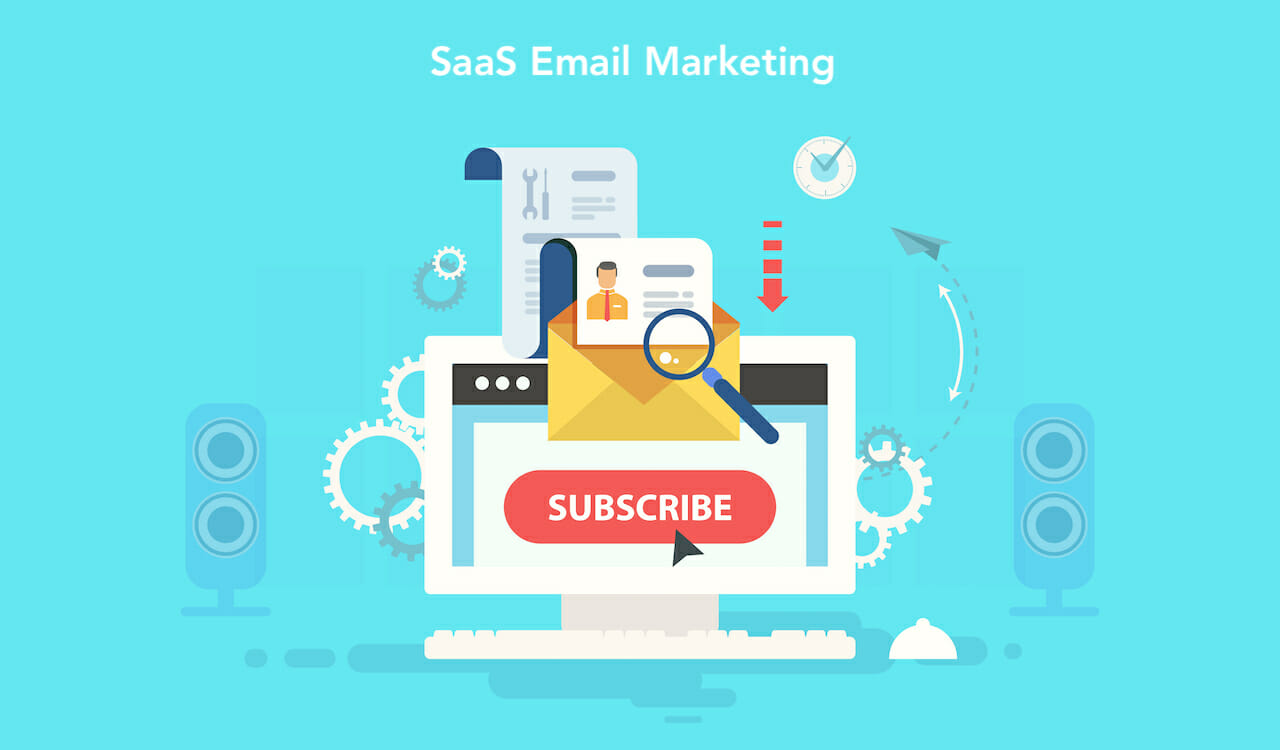
SaaS Email Marketing: What is it, Features, Strategies & Examples
Email remains one of the most powerful tools for SaaS companies to engage customers and drive growth. A well-executed SaaS
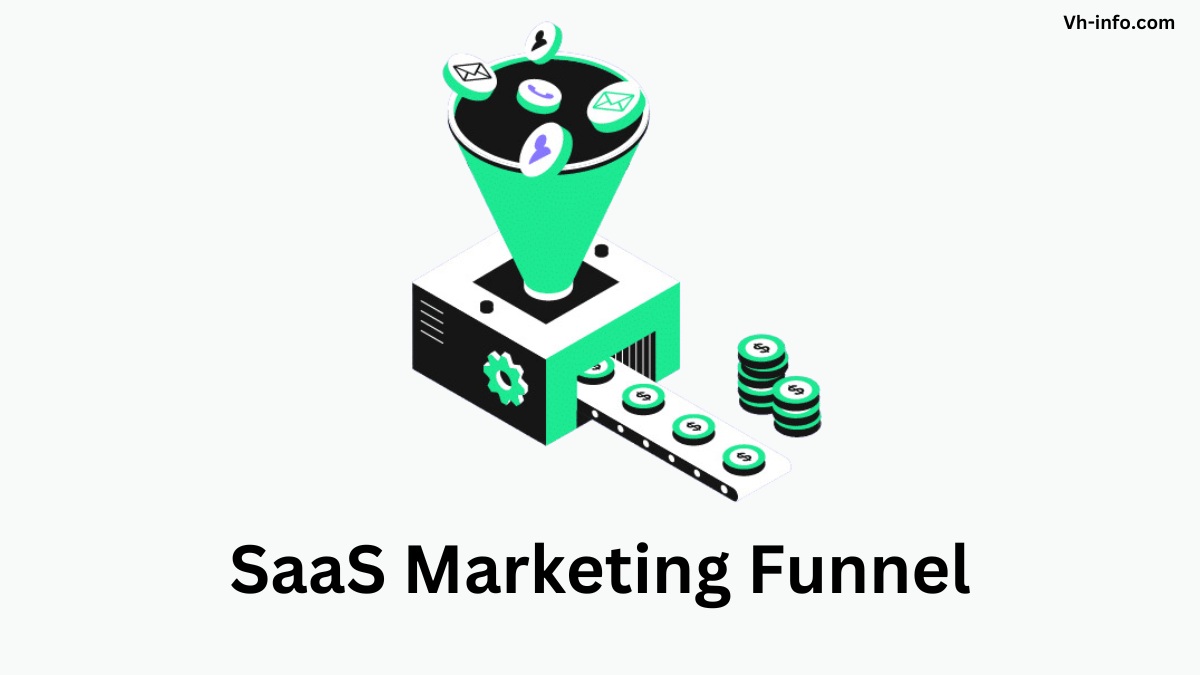
SaaS Marketing Funnel From A to Z: Everything to Know
In the competitive world of SaaS, a well-crafted marketing funnel is essential for driving sustainable growth. A SaaS marketing funnel
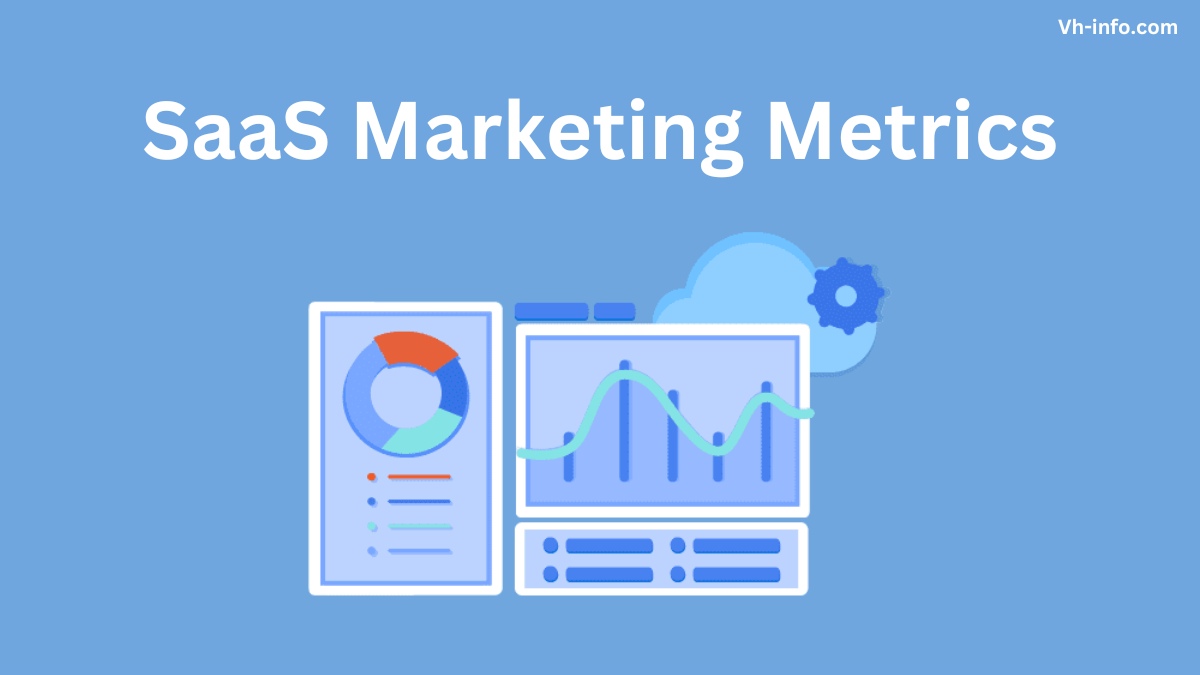
SaaS Marketing Metrics: What You Should Be Tracking in 2024?
In the fast-paced world of software-as-a-service (SaaS), tracking the right marketing metrics is important for making data-driven decisions and achieving
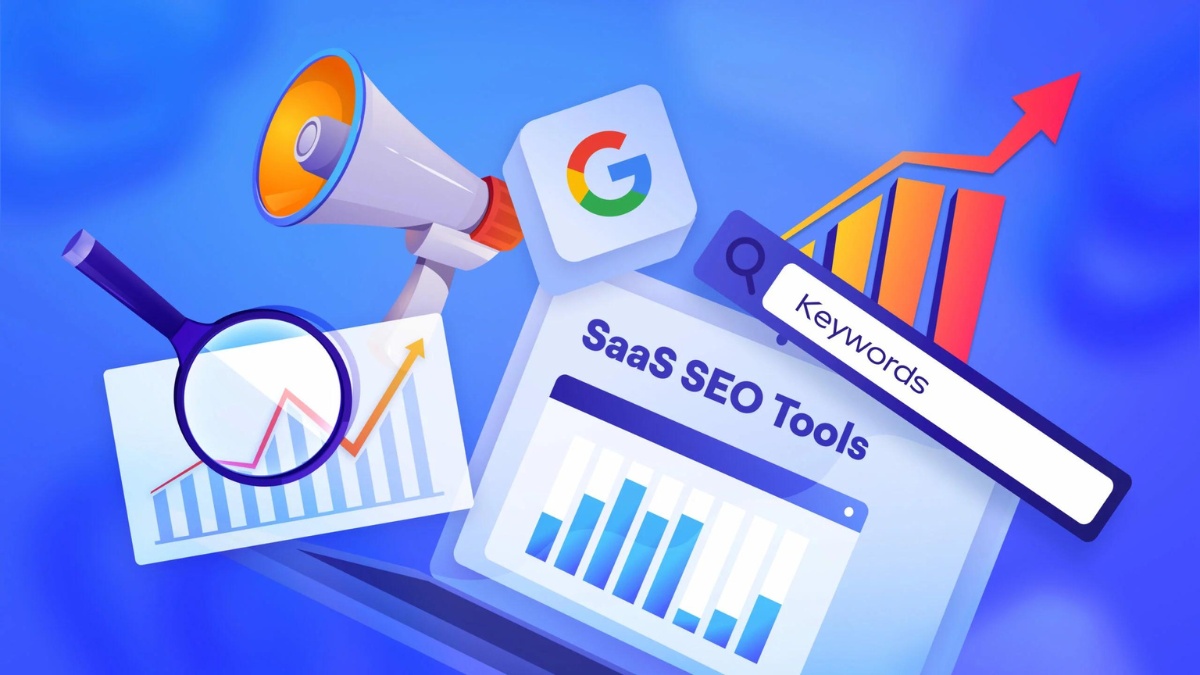
Best SaaS SEO Tools Every Specialist Must Check Out in 2024
As a SaaS company, driving organic traffic to your website is important for sustainable growth. One of the most effective
WHAT WE
3rd floor, VHinfo, QRXG+CG9 Capital Market, Canal Rd, chokdi, Ravapar, Morbi, Gujarat 363641
VH-info © 2025 | All Rights Reserved